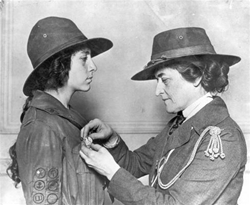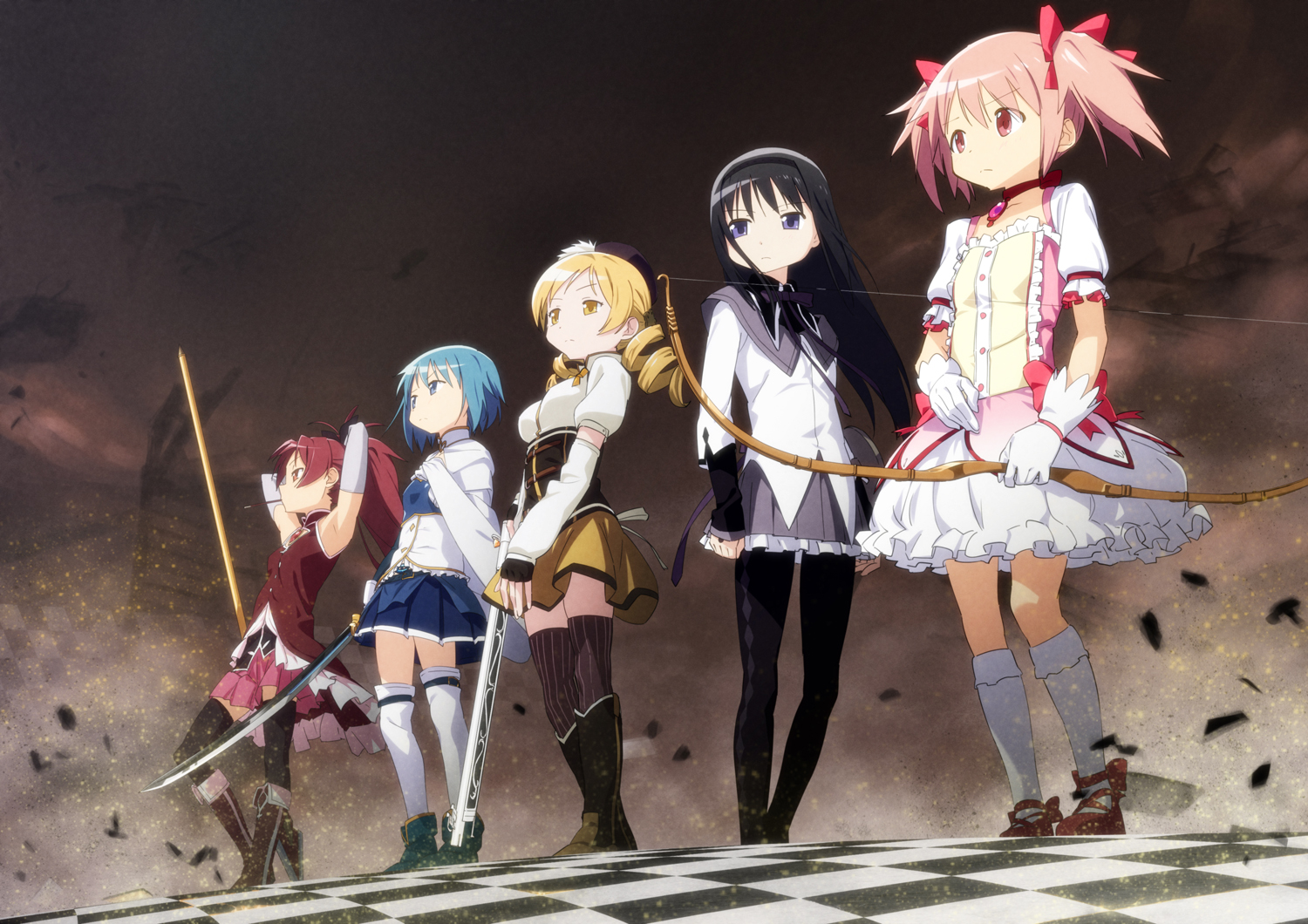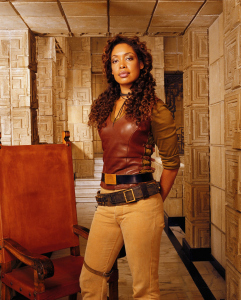As a reader, you’ve probably noticed our site is called Girls in Capes. Naturally, since we put our name everywhere – in our website header, our Facebook page, our Twitter, and even our very quiet and seldom-used Pinterest.
(How do you like that ever-so-subtle social media link dump?)
What you may not have noticed – or even openly wondered – is why our web magazine goes by Girls in Capes. In all technicality, none of our writers are actually girls: our ages range from 20 to 25, and one of our writers can’t even qualify as a woman because of the whole Y chromosome thing. One reader even asked in a comment why we use the word “girls” instead of “women.”
Back when I first started thinking about launching this site, most of my inspiration was drawn from what I saw as a lack of strong female characters in comic books. I recently started feeling interested in reading comic books – something that’s been building slowly since I started watching the TV show Teen Titans in junior high – and couldn’t find any comics besides Wonder Woman that really appealed to me. The female characters were less about inner strength and what I considered true heroism and all about looking sexy.
During a conversation with someone who eventually became a staff writer, the “girls versus women” question came up in discussion. If I remember correctly, it was related to my Wonder Woman inspiration – she’s Wonder Woman, not Wonder Girl.
Except I’m not Wonder Woman. At least, not yet.
 A “girl” is a person in the process of developing into the person she’ll be someday, and our mascot – the Girl in a Cape – is just that. Instead of making her a woman, confident and settled into the person she is, the Girl in a Cape is still growing and changing.
A “girl” is a person in the process of developing into the person she’ll be someday, and our mascot – the Girl in a Cape – is just that. Instead of making her a woman, confident and settled into the person she is, the Girl in a Cape is still growing and changing.
That’s who we want to reach: people still growing and changing. The Girl is confident, and she always will be, but she has a world of opportunity before her, and as a girl, she’s free to choose any opportunity before her – or create a new one to her liking.
I’d say it’s not an unreasonable concept. Once upon a time, there was a girl named Juliette. Once upon a time, there was a girl in journalism named Gloria. Once upon a time, there was a girl who liked science named Marie, and another one named Elizabeth. Once upon a time, a girl named Agnes joined a convent.

Image of Mother Teresa from the Nobel Prize biography page.
These girls were destined for great things. Juliette Gordon Low founded the Girl Scouts of America, an organization with 3.2 million girls and women in more than 92 countries. Gloria Steinem became a prominent social activist in over 40 years of work. Marie Curie received many awards in scientific fields and earned the Nobel Prize twice – once in Physics and once in Chemistry. Elizabeth Blackwell was the first woman to receive a degree in medicine from an American medical school. Agnes Gonxha Bojaxhu took the name Teresa when she joined the Sisters of Our Lady of Lareto and in 1979 received the Nobel Prize for Peace as Mother Teresa.
To become a great woman, a person has to start as a girl. She can’t spring into the world fully formed. While I hope many of our readers someday grow into the women and men they’re destined to become, I also hope many of them can remain open to change and growth.
This March, help us celebrate Women’s History Month by telling us about your woman role model. How does she inspire you? What did she achieve, and what do you hope to achieve?
Feliza Casano is the founder and editor of Girls in Capes and writes for all sections of the magazine. She spent nine years as a member of the Girl Scouts of America, where she learned the history of Juliette Gordon Low, and counts Gloria Steinem and Mother Teresa as personal role models.






